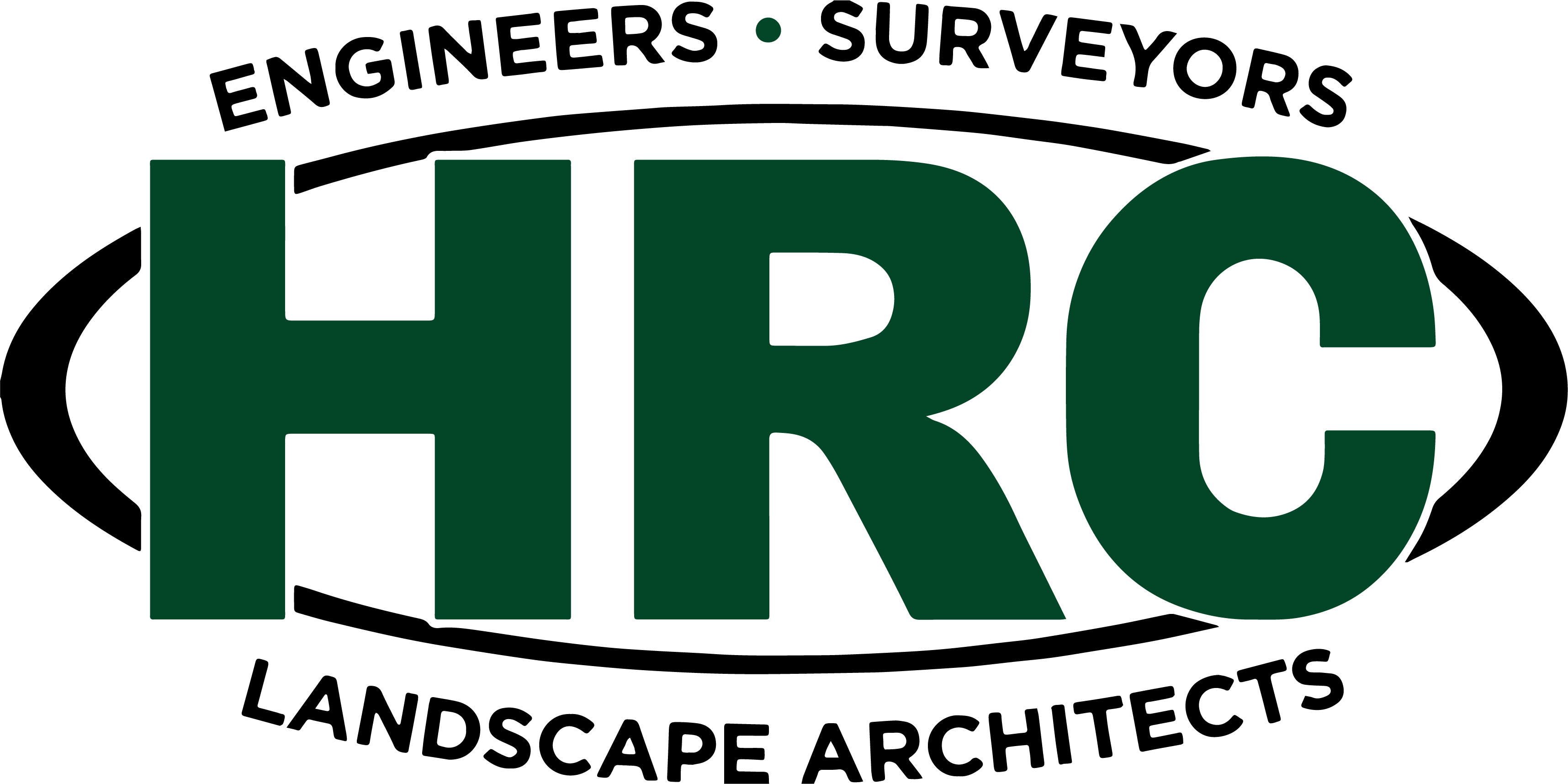By Jonathan Tilenis,
PE, Director of Design, HRC
Every day a project is delayed costs money. In the land development business, the difference between profit and loss often comes down to timing. How efficiently can your teams move from concept to construction to completion?
While the path from here to there may include compliance hurdles, permitting issues, and approval bottlenecks—they don’t have to derail your project.
With an experienced, like-minded partner, land developers like you can successfully cut through the red tape (and maximize profitability). It is possible to proactively respond to issues that inevitably arise—and keep your next project on course.

“Working with HRC has been great, the team is very knowledgeable and organized. HRC has become one of our preferred and trusted engineering firms.”
Nick Whitson, Eastwood Homes
The Expense of Bureaucratic Delay
These holdups can add up—and may lead to schedule slippage resulting in:
- Longer than expected land carrying costs.
- Inability to take advantage of peak construction seasons.
- Loss of your investors’ confidence (and their financing).
- Competitive disadvantage.

Time is money. Local, state, and federal requirements are increasingly complex. According to a National Association of Home Builders (NAHB) study, regulatory costs now account for nearly 25% of the final price of a new single-family home, and 30% of the cost of a typical multifamily development. As a land developer, you can’t afford to underestimate the financial impact of administrative hurdles.
Understand What Triggers Red Tape
- Lack of engagement upfront with local officials and agencies.
- Incomplete or incorrect submittals.
- Changing codes and ordinances that occur after the project is underway.
- Public opposition articulated during hearings or reviews.
- Unanticipated environmental or site-specific constraints.
Partner Early With a Civil Engineering Firm
- Provide a Level of Due Diligence That Goes Deep Skilled professionals in your court are able to assess a site’s feasibility from a grading, drainage, utilities, and access point-of-view, while also identifying regulatory red flags like floodplain boundaries, wetlands, protected species, and zoning conflicts. The benefit? To keep you informed before significant capital is committed.
- Create Site Design That Anticipates Review Requirements Civil engineers, landscape architects, and project managers working on your behalf help ensure you align your project goals with what jurisdictions will approve. Preparing plans that satisfy your vision and are compliant are often the first step in avoiding time-consuming resubmittals, revisions, and rejections.
- Benefit From Agency Coordination and Permit Strategy A team of experienced land development/design professionals serve as your advocates, liaising with planning departments, permitting agencies, and utility providers. They have the know-how needed to make sure applications are completed correctly, to respond quickly to comments, and to keep processes moving.
- Gain Political Support Needed to Succeed For projects requiring zoning changes or special exceptions, public buy-in is crucial. Your civil engineering partner helps you prepare presentation materials, respond to concerns, and speak to the technical merits of your project—making a strong case to both elected officials and community stakeholders.
The Right Partner Helps You Keep Your Land Development Project on Course
Developers that bring in civil engineers only after they’ve purchased the land or conceptualized a site plan are missing opportunity. A CE firm with experience in your locality can provide essential insight and foresight—before you break ground
